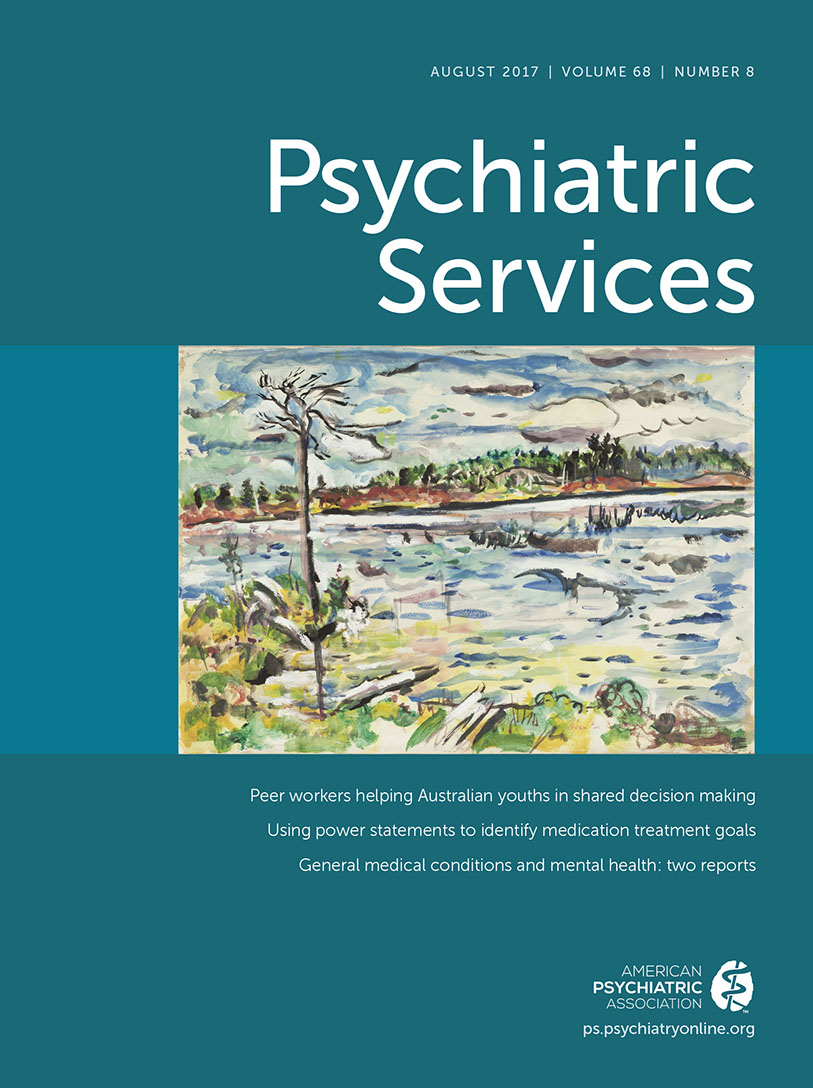Unmet Need for Specialty Mental Health Services Among Children Across Europe
Abstract
Objective:
The aim of this study was to examine the determinants of use of mental health services for children across Europe, with a specific focus on differences in the availability of mental health resources.
Methods:
Data were drawn from the School Children Mental Health in Europe Project. Parent- and teacher-reported child mental health status was based on the Strengths and Difficulties Questionnaire. Sociodemographic characteristics of parents and children, as well as academic performance and use of mental health services in the previous 12 months, were collected. Countries were categorized as having high versus low mental health resources. The sample comprised 4,894 schoolchildren in seven countries.
Results:
Across Europe, only 25.6% of children with a mental disorder had received mental health services in the previous 12 months, including 31.5% in high-resources countries and 18.9% in low-resources countries (p=.001) (N=4,867). The presence of any mental disorder, maternal psychological distress, gender, living in a single-parent home, and low academic performance were determinants of service use. The effect of resources group on the likelihood of receiving services remained significant when the analyses controlled for all predictors (odds ratio=1.41, p<.01). Determinants differed between groups—maternal psychological distress was associated with service use in high-resources countries, and gender was associated with service use in low-resources countries.
Conclusions:
The findings point to a substantial portion of unmet need across Europe and to major differences in access to care in low- versus high-resources countries. Efforts are needed to address unmet need among children with mental disorders, especially in low-resources countries.



